Last update images today Victorian Era



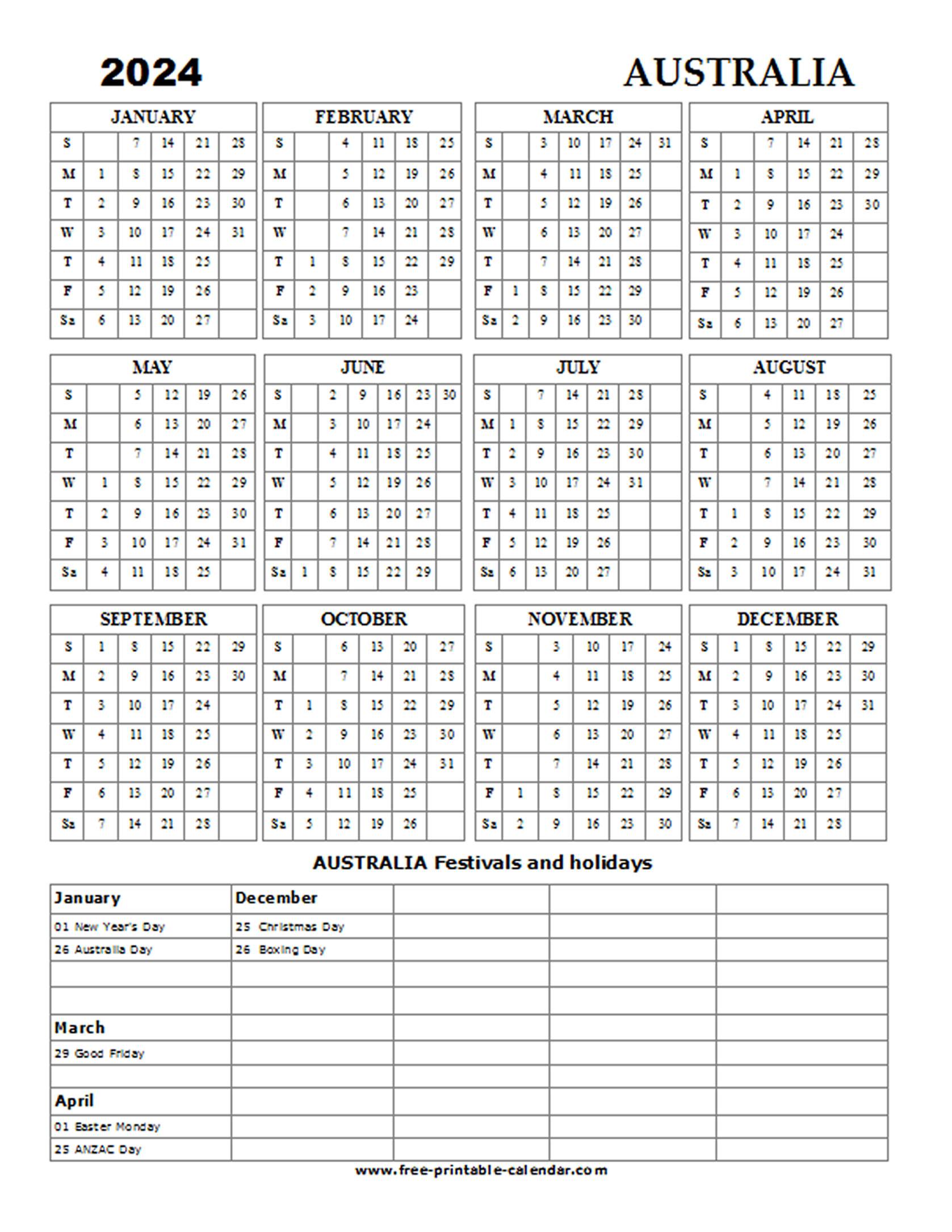



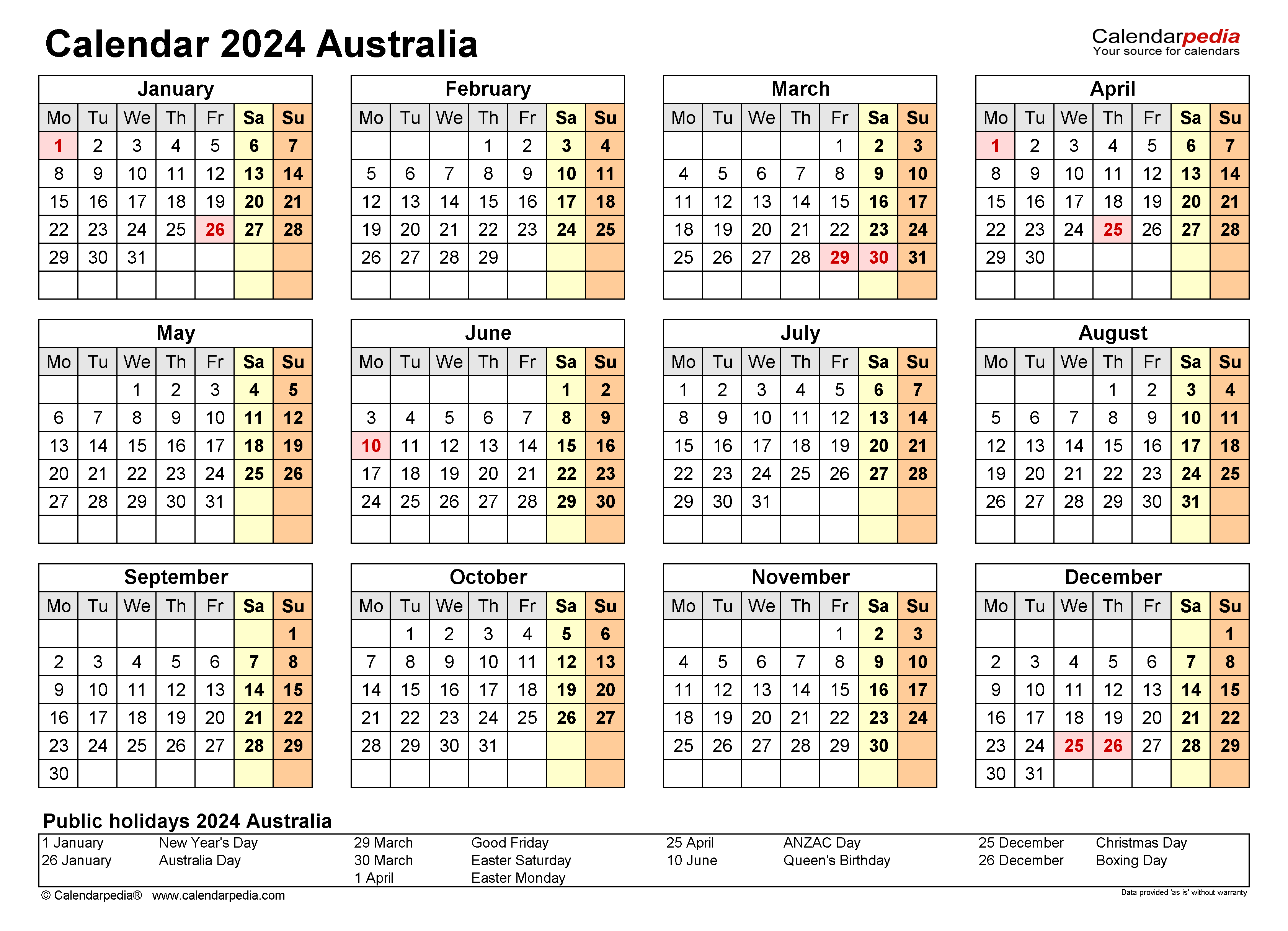
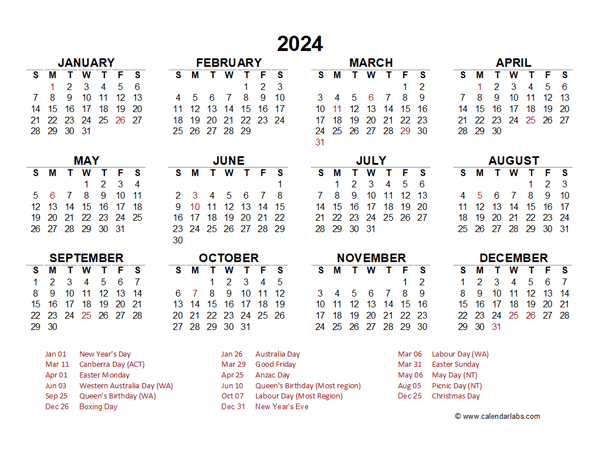
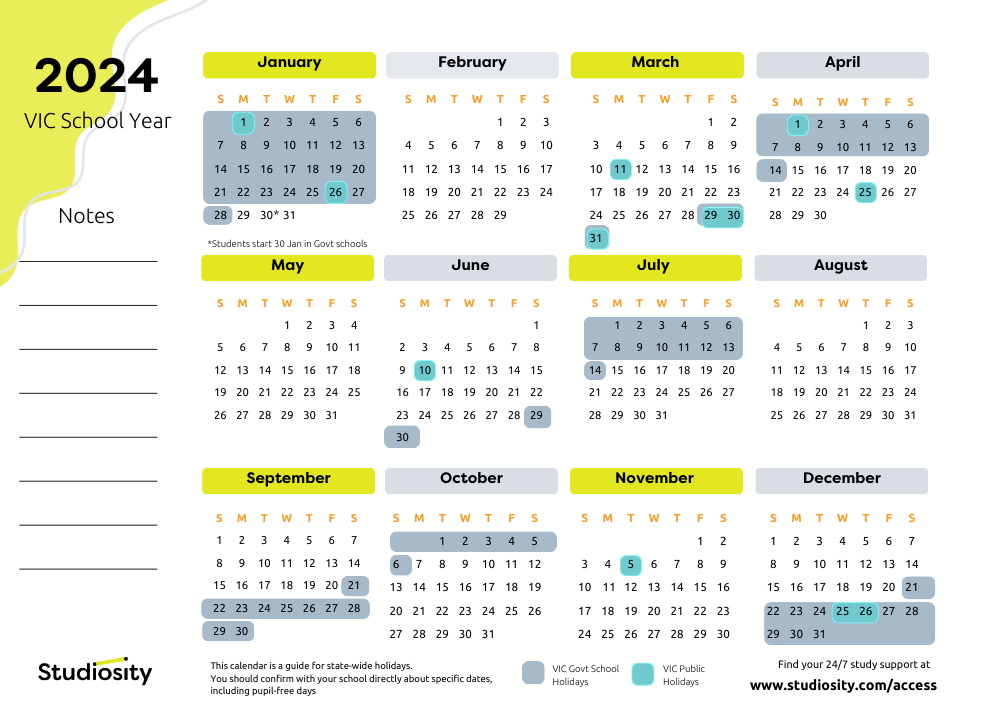
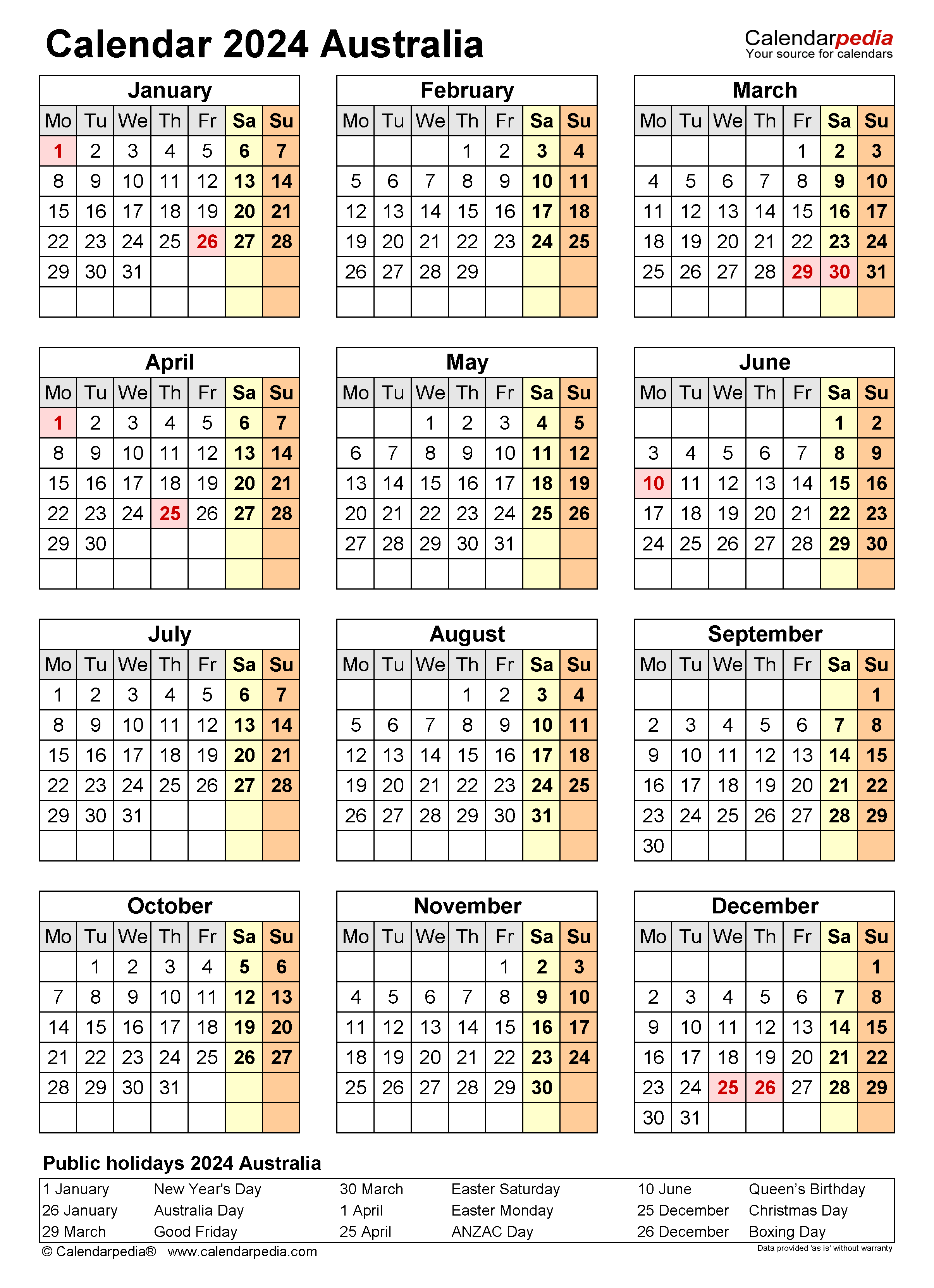
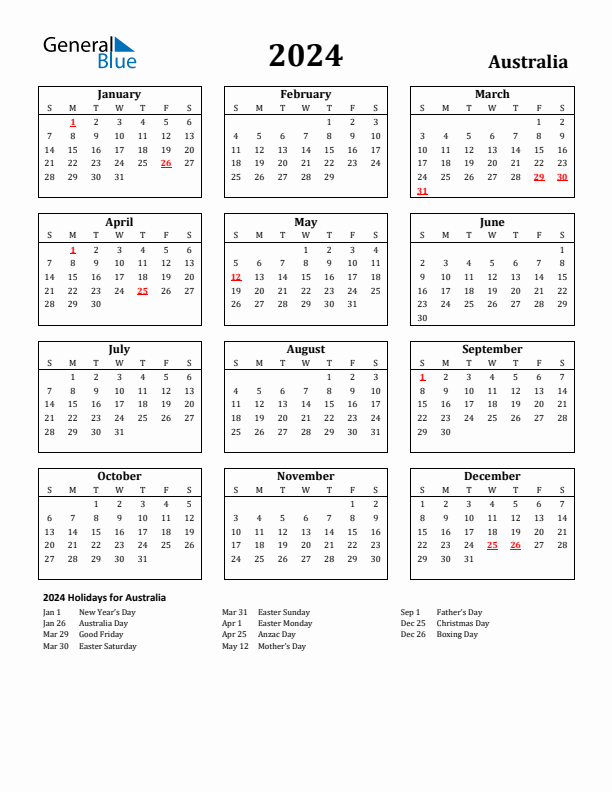

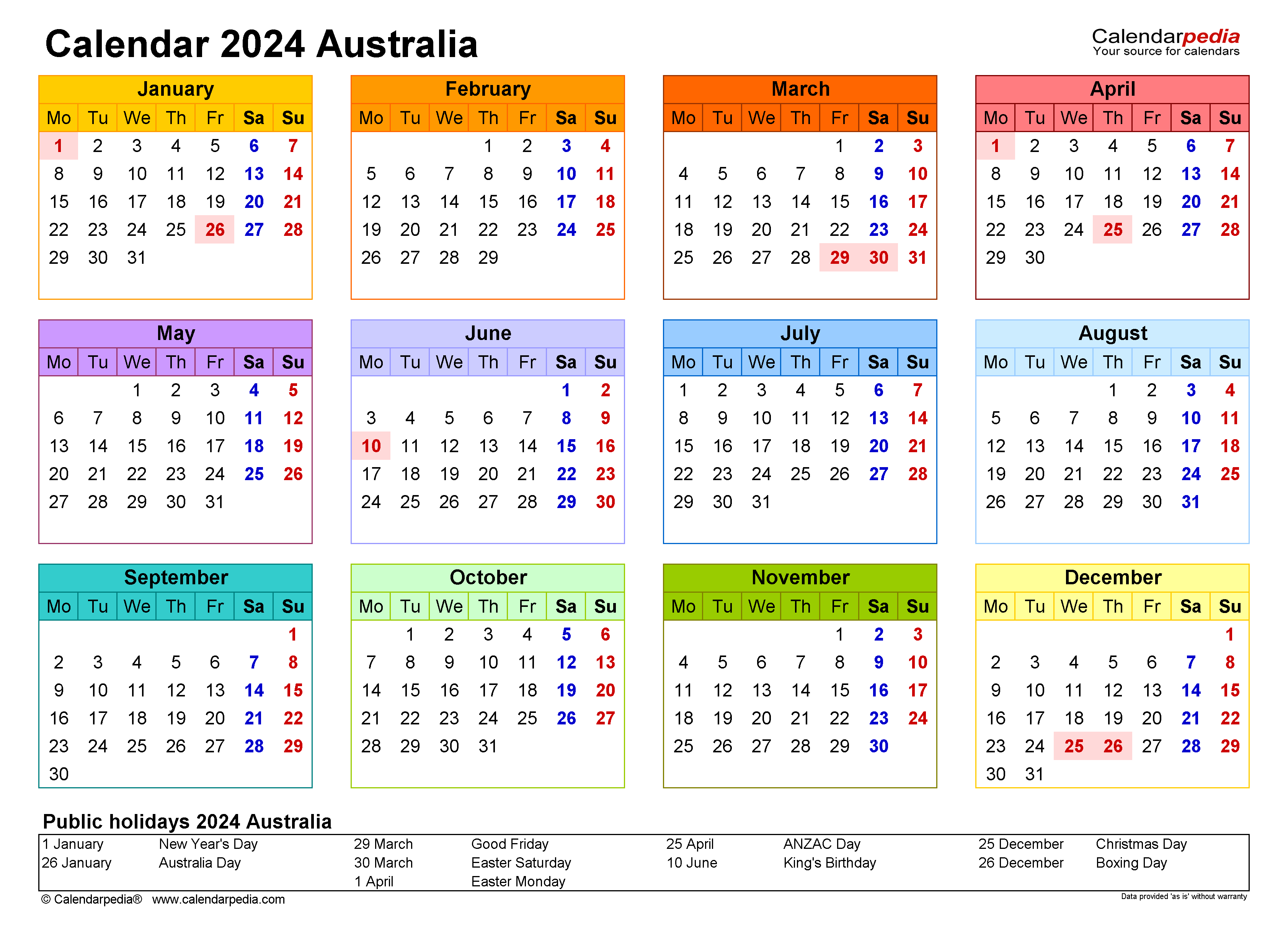

https www 2024calendar net wp content uploads 2022 08 2024 australia calendar with holidays 1 png - Jamaica April 2021 Calendar With Holidays 2024 Calendar Printable 2024 Australia Calendar With Holidays 1 https nationaltoday com wp content uploads 2021 05 Victoria Day 1 jpg - When Is May Day 2023 Printable Template Calendar Victoria Day 1
https www calendarpedia com images large australia 2024 calendar year at a glance australia png - Calendar Quit Unexpectedly 2024 New Ultimate Awesome Review Of Lunar 2024 Calendar Year At A Glance Australia